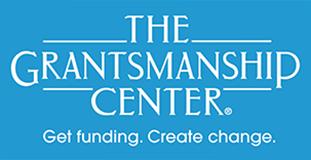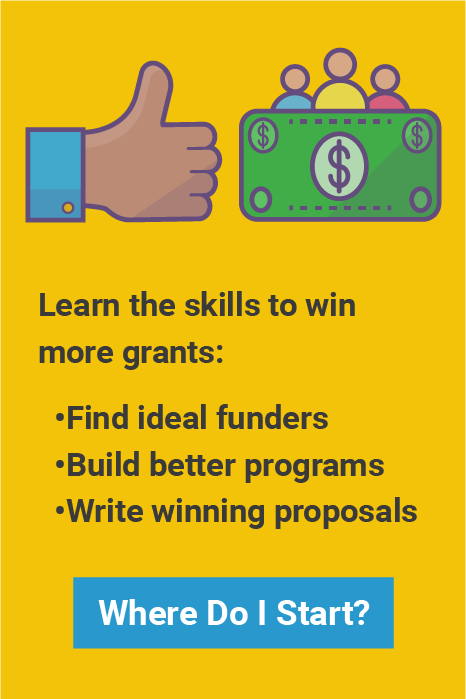
Most government funders, and many private and corporate foundations, require that a budget narrative accompany a grant proposal’s line-item budget.
The Line-item budget lays out the numbers, detailing income and expense. The budget narrative puts those numbers in context, telling the reader how they were calculated and how they relate to program implementation.
The budget narrative, also called a budget justification, is a powerful tool for ensuring that reviewers understand the financial side of the program. Presenting the numbers alone, without explanation, is risky. What’s clear to you may be fuzzy to a reader who hasn’t been involved in planning the program. When preparing a budget narrative, take a detailed approach that scrupulously avoids assumptions.
Provide detail showing how each line item was calculated. A lump-sum line item that’s not supported by an explanation in the budget narrative is sure to raise questions, even for basic items. For example, in explaining the $1,200 office-supply line item, you might note that the organization’s financials show expenditures average $50 per month per staff person for office supplies: $50 x 2 staff members x 12 months = $1,200. Explain everything. The explanation for basic line items doesn’t have to be extensive, but it should provide a basis to support the requested funds.
Include matching funds and in-kind resources in the budget narrative. To understand the financial side of the program, funders need the full picture. Because matching funds and in-kind resources are a part of that picture, it’s important to include them in both the line-item budget and the budget narrative.
Some line items require more explanation than others. You don’t need to explain why staff members need office supplies to do their work. But, for example, even if the proposal explains why staff members will need to travel, include a brief recap of the necessity for travel and the role it plays in program implementation. If the budget includes refreshments for the group meetings, tell the reader why refreshments are needed. If you’re requesting 2 new computers, explain why.
By the time reviewers are studying your budget, they will have forgotten some of the details you provided in the program narrative. And, after reading several proposals in a row, program plans can get a little mixed up in the reader’s mind. When the budget narrative reminds the reader of implementation tasks that will consume cash or in-kind resources, explains why the resources are needed, and shows how the value was calculated, that’s a great help to the reader. When readers understand the financial aspects of the program, the proposal is more competitive.
— Barbara Floersch, Chief of Training & Curriculum
We welcome you to link to these pages and to direct people to this information on our site.
Please contact us for permission if you'd like to use this copyrighted material in some other way:
info@tgci.com. We love to hear from you!



